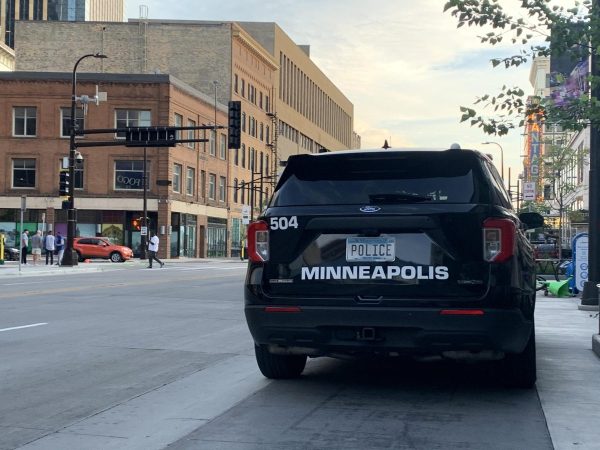Many people with student loans are waiting with baited breath for updates on President Joe Biden’s student loan forgiveness program as the Supreme Court determines its constitutionality.
Some University of Minnesota students expressed frustration over not knowing the future of their student loans. Average student debt at the University is about $26,000.
On Feb. 28, the U.S. Supreme Court heard a case challenging Biden’s student debt forgiveness plan after a U.S. district judge in Texas declared the program unlawful in November 2022. This case was brought when two borrowers opposed the eligibility criteria for the program and argued they were not able to voice their concerns in the process.
The court will likely deliver its ruling on whether the plan will be upheld in June, per court procedures.
Student loan forgiveness at the court
Biden’s plan, announced August 2022, intends to provide loan relief in three parts. The first part grants forgiveness to individuals with incomes of less than $125,000 holding loans with the Department of Education. Pell Grant recipients within this eligibility criteria are set to receive up to $20,000 in debt forgiveness and non-Pell Grant recipients would receive up to $10,000 in forgiveness.
The second goal of Biden’s plan is to make management of loan repayment easier in the future. This is set to be done in two major ways: cutting monthly loan payments in half and revamping the Public Service Loan Forgiveness program (PSLF). The PSLF awards public service workers credits toward loan forgiveness.
The program’s final segment focuses on reducing the necessity of loans in the future. By holding institutions accountable in lowering costs, a college education should ideally be available to everyone, according to the plan.
Chief Justice John Roberts and Justice Brett Kavanaugh shared their stances against the forgiveness plan during the Feb. 28 hearings. Conservative leaning justices expressed concern about Biden misusing his executive authority, stating the plan should have gone through Congress because of its estimated half-trillion dollar price tag.
Liberal leaning justices showed their support for the plan during the recent hearings by turning the argument to the people, explaining what the effects have been for working-class families struggling economically through the COVID-19 pandemic, which is who Biden’s plan specifically targets.
Impact on Minnesota borrowers
Although it will be a few months before the Supreme Court announces its decision, the Minnesota Legislature offered hope to borrowers after it passed the tax conformity bill in January. This legislation will eliminate state tax liabilities on loan forgiveness from the federal program if it is upheld.
While students and graduates wait to hear about their debt cancellation, the University’s Office of Student Fiance recommended students reach out to their loan provider with eligibility questions.
“It will be almost impossible to determine exactly how many current and former University of Minnesota students are included,” the Office of Student Finance said in a statement issued August 2022. “Our Academic Support Resources team continues to monitor announcements from the White House to determine how to best help current and former students through this process.”
Some students are still grappling with figuring out their loan financing amid extended payment pauses and the uncertainty of the debt forgiveness plan, according to University student Matthew Croft.
“There are so many sharp corners and programs in this process, from federal to state to University,” Croft said. “I’m depleted at this point.”
University graduate student Andy McCabe said he is frustrated with the status of the loan forgiveness program.
“It is very disingenuous to argue about it, especially in light of banks getting bailed,” McCabe said. “It’s a frustrating fight because people who are against it aren’t in our position.”



















